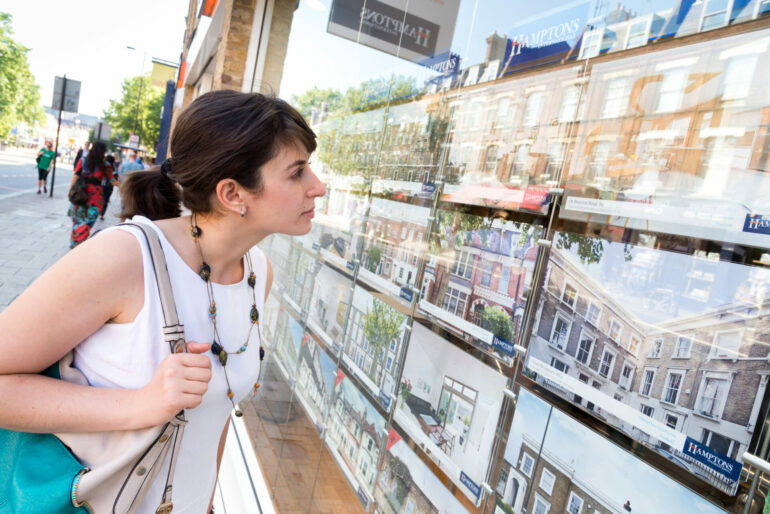Zoopla’s latest house price index suggests that the worst of the house price declines may be over, as annual growth slows to 3%.
The property website expects prices to fall by just 1% during the rest of 2023, and buyer demand has reached its highest level so far this year, 14% higher than in 2019.
In addition, the proportion of properties on the market with price cuts has dropped to 24%, and the number of new sales at Easter was 10% ahead of the five-year average.
Richard Donnell, executive director at Zoopla, said: “Housing market conditions continue to improve as buyers return to the market and more sales are agreed.
“House prices are posting very modest falls and are expected to be just 1% lower by the end of the year. The worst of the pricing adjustment appears to be behind us.”
First-time buyers with a mortgage made up one in three sales (34%) in 2022, overtaking home movers buying with a mortgage at 31%.
Donnell expects first-time buyers to have another strong year in 2023 as they seek smaller homes and try to avoid rapid rent growth.
Today’s data follows yesterday’s Nationwide’s house price index, which showed a 0.5% rise in house prices in April 2023, ending seven consecutive months of decline.
Reaction
Sarah Coles, head of personal finance, Hargreaves Lansdown:
“The property market could be emerging from the bargain basement: Zoopla is predicting that the worst of the price falls are behind us. First-time buyers are helping to prop the market up, and with house prices rising more slowly than wages, they could remain key to the health of the market for the rest of this year too.
“Annual house price growth is just 3%, but Zoopla figures found that spring has worked wonders on our enthusiasm for homeownership. It says buyer demand has hit a 2023 high, 66% more new properties have hit the market, and sales are ahead of the five-year average.
“Buyer demand is lower than this time last year, but at that point there was an awful lot of frustrated demand because of the property drought. A better balance of supply and demand means would-be buyers are more likely to be able to find something they want. It’s why Zoopla sales were 10% ahead of the five-year average after Easter.
“A healthy dose of realism is also easing the sales process. Sellers are being more pragmatic about pricing from the outset, with just under a quarter needing to cut the price after coming to the market with too much optimism. Buyers are also prepared to compromise. Although three-bedroom properties remain the most commonly bought property among first time buyers, we’ve seen a real growth in sales of two-bedroom properties too.
“However, it’s worth putting this in the context of other measures. Annual price rises are similar to yesterday’s Nationwide figures for April, but figures for demand are strikingly different to the RICS survey for March. That one showed buyer demand, sales and house prices were down yet again. And while we don’t yet know whether this turned around in April – it would be a massive reversal of trends that have settled in for months. It may mean these positive signs aren’t replicated across the market.”
Iwona Hovenko, real estate analyst at Bloomberg Intelligence:
“Lenders’ tougher affordability checks – amid falling disposable incomes and high mortgage rates – combined with the still-elevated house prices (despite recent falls), all mean that prospective UK homebuyers need to make sacrifices to in order to buy their first home.
“This is especially true as the tough rental market is further forcing the hand of house hunters, given the fast-rising rents and the relative insecurity of this tenure. Moreover, UK private-rented housing, unfortunately, is also of the poorest quality compared to all other tenures, based on the English Housing Survey, while the competitive rental market is further discouraging tenants from raising issues for fear of eviction.
“Bloomberg Intelligence’s previous housing survey pointed to the desire to “stop renting” as the strongest motive to buy a house among first-time buyers (59%), especially in London (64%). Meanwhile, switching to a cheaper property was the #1 option buyers would consider to offset higher rates. Previously, low interest rates, as well as Help to Buy, have allowed first time buyers to skip a step up a housing ladder and buy a larger home (for example a three-bed house), helping save on future moving costs and stamp duty bills.”




